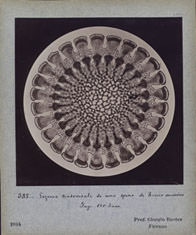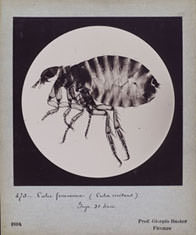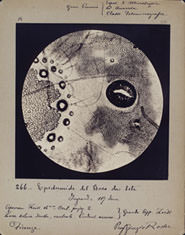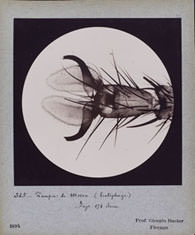The ascendency of scientific photography
The spread of photography had noteworthy repercussions in scientific circles in the 19th century, providing support for the positivist conviction that a new objectiveness could be attained. The adoption of photography produced significant results and decisive innovations in many disciplines, from astronomy to anthropology and natural history. In medicine, for example, thanks to the development of radiography it became possible to obtain images of the internal organs of living beings without having to resort to dissection. Microphotography allowed scientists to unveil the secrets of the infinitely small. Overall, the foundations for a new visual history of the world were being laid, and greatest limitation was finally overcome at the beginning of the 20th century when the Lumière brothers developed the first successful processes for producing colour photographs.







